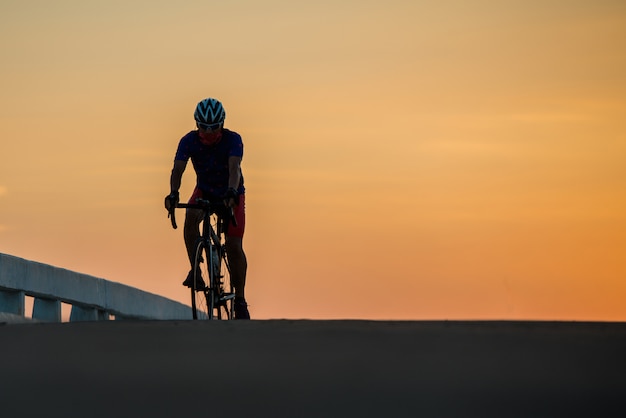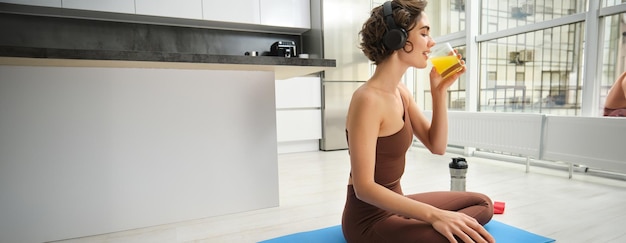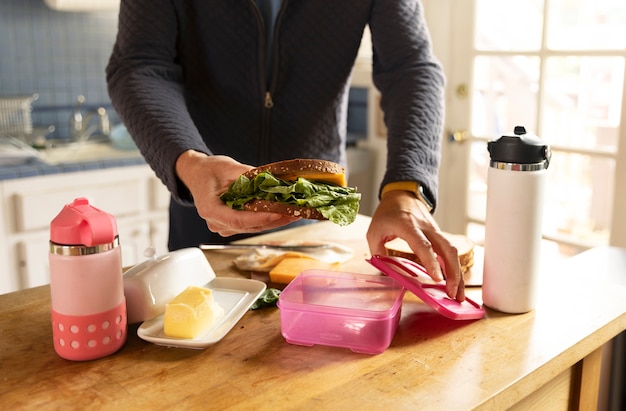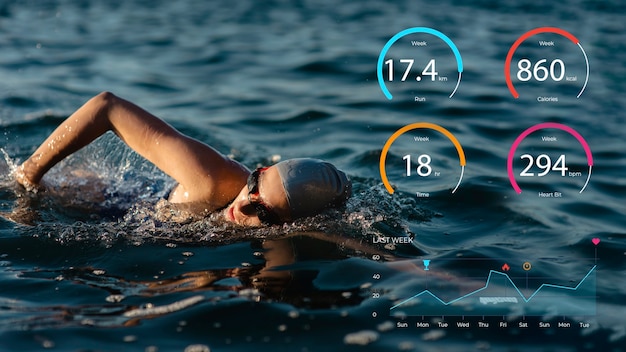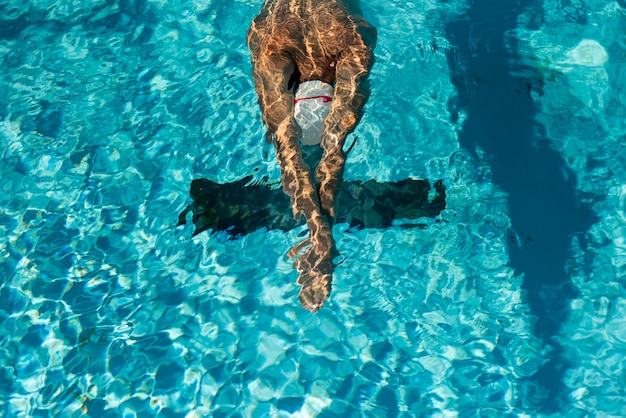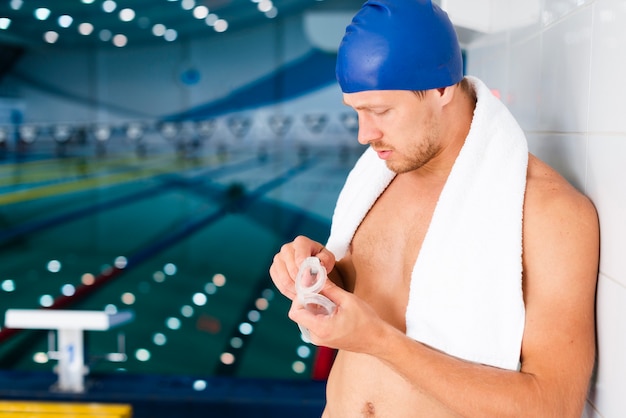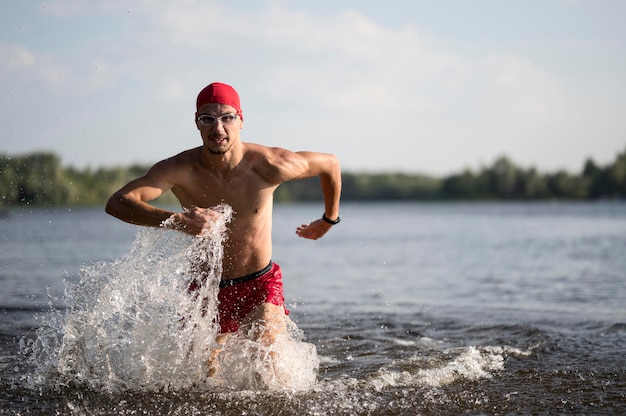50 Science-Backed Biohacking Tips to Supercharge Your Swimming Performance
Swimming is a demanding sport that requires endurance, precision, and recovery. Biohacking—using science and self-experimentation to optimize physical and mental performance—can give swimmers a powerful edge. Whether you're training for competition or improving fitness, these 50 practical biohacks are designed to boost your energy, speed recovery, enhance focus, and improve overall aquatic performance.
Weekly Targets & Structure
To make these tips actionable, aim to implement 3–5 biohacks per week. Track your sleep, energy levels, recovery, and swim times to measure progress. Use a journal or app to log changes and adjust accordingly.
1–10: Optimize Your Sleep
- 1. Maintain a consistent sleep schedule—even on weekends.
- 2. Sleep in complete darkness using blackout curtains.
- 3. Keep your bedroom temperature between 60–67°F (15–19°C).
- 4. Avoid screens 60–90 minutes before bed.
- 5. Try red light therapy in the evening to support melatonin production.
- 6. Use a wearable sleep tracker to monitor sleep stages.
- 7. Limit caffeine after 2 PM.
- 8. Practice 5 minutes of box breathing before bed.
- 9. Take magnesium glycinate or L-theanine if you struggle with sleep onset.
- 10. Nap for 20–30 minutes post-training if needed.
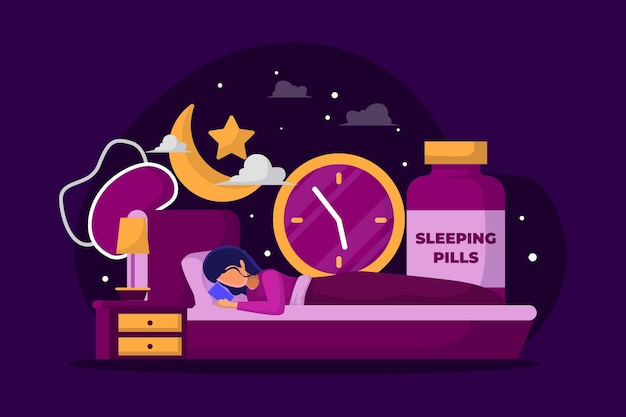
11–20: Enhance Recovery
- 11. Use cold water immersion (10–15°C) for 10 minutes post-intense swim.
- 12. Try contrast showers: 1 minute cold, 2 minutes hot, repeat 3–4 times.
- 13. Use a foam roller on shoulders, back, and legs 3x/week.
- 14. Wear compression gear during or after long sessions.
- 15. Hydrate with electrolyte-enhanced water post-swim.
- 16. Consume 20–30g of protein within 45 minutes of training.
- 17. Use a red light therapy device on sore muscles.
- 18. Practice yoga or dynamic stretching 2–3x/week.
- 19. Try percussive therapy (massage gun) on tight areas.
- 20. Prioritize 7–9 hours of sleep for muscle repair.
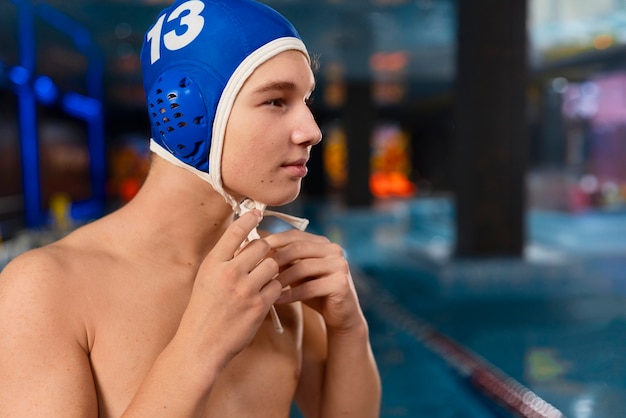
21–30: Fuel for Performance
- 21. Eat a balanced meal with carbs and protein 2–3 hours pre-swim.
- 22. Try fasted swimming for low-intensity endurance sessions (consult doctor if diabetic).
- 23. Use beetroot juice or nitrate-rich foods to improve oxygen efficiency.
- 24. Stay hydrated: aim for pale yellow urine throughout the day.
- 25. Supplement with omega-3s for joint and brain health.
- 26. Limit processed sugars to reduce inflammation.
- 27. Consider creatine monohydrate (3–5g/day) for sprint performance.
- 28. Eat antioxidant-rich foods (berries, leafy greens) daily.
- 29. Try time-restricted eating (e.g., 14:10 or 16:8) if it suits your energy needs.
- 30. Monitor hydration with a smart water bottle or app.
31–40: Boost Mental Focus & Breathing
- 31. Practice breath-hold drills (safely) to increase CO2 tolerance.
- 32. Use box breathing (4s inhale, 4s hold, 4s exhale) pre-race.
- 33. Train with bilateral breathing to improve symmetry.
- 34. Meditate for 5–10 minutes daily to improve mental clarity.
- 35. Use binaural beats (theta waves) during warm-up or cool-down.
- 36. Visualize perfect strokes and race strategy daily.
- 37. Try nasal breathing during low-intensity swims to improve efficiency.
- 38. Limit distractions—use focused training playlists.
- 39. Track HRV (Heart Rate Variability) to assess stress and readiness.
- 40. Practice mindfulness during cool-down laps.
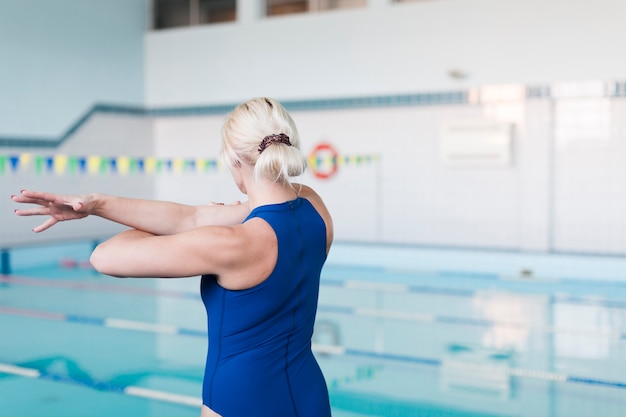
41–50: Advanced Biohacks & Safety
- 41. Use a smart swim tracker to analyze stroke count and pace.
- 42. Train in altitude simulation (if accessible) to boost red blood cells.
- 43. Get regular blood tests to monitor iron, vitamin D, and inflammation.
- 44. Try photobiomodulation (red/near-infrared light) for muscle recovery.
- 45. Use blue light blocking glasses in the morning to regulate circadian rhythm.
- 46. Practice grounding (walking barefoot on grass) post-swim for inflammation reduction.
- 47. Track training load with a wearable to avoid overtraining.
- 48. Schedule deload weeks every 4–6 weeks.
- 49. Consult a professional before starting supplements or extreme protocols.
- 50. Always swim with a buddy or under supervision when trying new techniques.
Safety Reminders
Biohacking should enhance performance, not endanger health. Always:
- Consult a healthcare provider before starting new supplements or fasting.
- Avoid extreme fasting or cold exposure if you have cardiovascular issues.
- Never practice breath-holding drills alone—drowning risk is real.
- Listen to your body: fatigue, dizziness, or pain are warning signs.
- Stay hydrated and maintain electrolyte balance, especially in hot climates.
Start small, track progress, and let data—not hype—guide your biohacking journey. With consistency and care, these 50 tips can help you swim faster, recover quicker, and perform at your peak.








